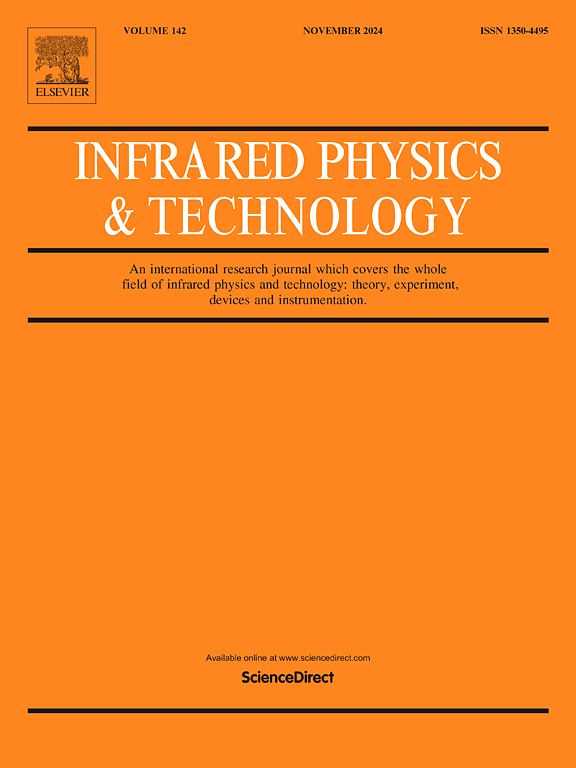Rapid determination of free amino acids in Huangshan Maofeng tea using NIR spectra: Analysis and comparison of variable selection methods
IF 3.1
3区 物理与天体物理
Q2 INSTRUMENTS & INSTRUMENTATION
引用次数: 0
Abstract
Tea is gaining global popularity appreciated for its valuable components and health benefits. This study investigated the non-destructive determination of free amino acids (FAA) content in Huangshan Maofeng tea using near-infrared (NIR) spectroscopy combined with chemometric methods. Firstly, preprocessing of the NIR signal was performed using the Savitzky–Golay method and Multiplicative Scatter Correction. Then, Competitive Adaptive Reweighted Sampling (CARS), Bootstrap Soft Shrinkage (BOSS), Iterative Variable Subset Optimization (IVSO) and Variable Combination Population Analysis (VCPA) were used to build support vector regression (SVR) models. Results in the current work showed that all four variable optimization algorithms enhanced the prediction accuracy of the models. Among them, the IVSO-SVR model performed the best. Its predictive determination coefficient () was 0.9615, and its root mean square error of prediction (RMSEP) was 0.0624. In summary, NIR spectroscopy combined with chemometric techniques provides a simple and efficient method for rapid, non-destructive quantitative detection of FAA content in tea, with potential for quality control applications.
利用近红外光谱快速测定黄山毛峰茶中的游离氨基酸:变量选择方法的分析与比较
茶因其有价值的成分和健康益处而受到全球欢迎。研究了近红外光谱结合化学计量法无损测定黄山毛峰茶中游离氨基酸(FAA)含量的方法。首先,采用Savitzky-Golay方法和乘散校正对近红外信号进行预处理。然后,采用竞争自适应重加权抽样(CARS)、Bootstrap软收缩(BOSS)、迭代变量子集优化(IVSO)和变量组合总体分析(VCPA)建立支持向量回归(SVR)模型。研究结果表明,四种变量优化算法均能提高模型的预测精度。其中,IVSO-SVR模型表现最好。预测决定系数(Rp2)为0.9615,预测均方根误差(RMSEP)为0.0624。综上所述,近红外光谱结合化学计量技术为茶叶中FAA含量的快速、无损定量检测提供了一种简单、有效的方法,具有质量控制应用潜力。
本文章由计算机程序翻译,如有差异,请以英文原文为准。
求助全文
约1分钟内获得全文
求助全文
来源期刊
CiteScore
5.70
自引率
12.10%
发文量
400
审稿时长
67 days
期刊介绍:
The Journal covers the entire field of infrared physics and technology: theory, experiment, application, devices and instrumentation. Infrared'' is defined as covering the near, mid and far infrared (terahertz) regions from 0.75um (750nm) to 1mm (300GHz.) Submissions in the 300GHz to 100GHz region may be accepted at the editors discretion if their content is relevant to shorter wavelengths. Submissions must be primarily concerned with and directly relevant to this spectral region.
Its core topics can be summarized as the generation, propagation and detection, of infrared radiation; the associated optics, materials and devices; and its use in all fields of science, industry, engineering and medicine.
Infrared techniques occur in many different fields, notably spectroscopy and interferometry; material characterization and processing; atmospheric physics, astronomy and space research. Scientific aspects include lasers, quantum optics, quantum electronics, image processing and semiconductor physics. Some important applications are medical diagnostics and treatment, industrial inspection and environmental monitoring.

 求助内容:
求助内容: 应助结果提醒方式:
应助结果提醒方式:


